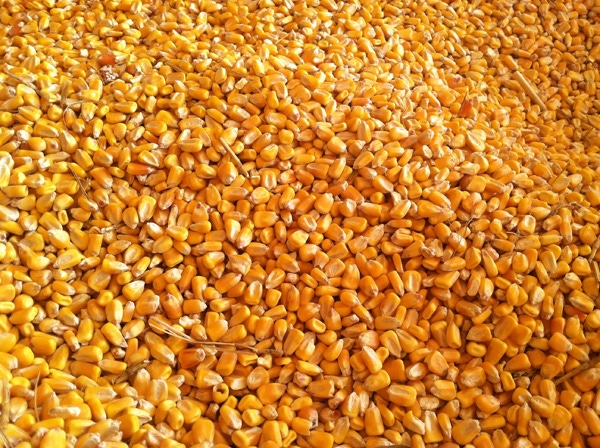October 24, 2011

Whether you admit it or not, you have paid a lot of attention to the commodity markets. Euphoria dominated your feelings during July and August, and as soon as the September calendar appeared, the lump in your throat got bigger every day. September was not pretty. At least you had harvest to occupy your mind instead of how far down the market was going to move each day. But the seasonal lows may have occurred between the Grain Stocks Report and the October Crop Production Report. For the past several months, grain prices have been somewhere beyond dynamic, but not quite to the point of volatile. In that type of market it is hard to identify a trend, but let’s try.
Throughout the spring and summer, the market was concerned about not having enough corn to meet the demands of all the buyers. Prices were driven upward by the rationing process and the thought of just enough carryover to keep the pipeline working. Most farmers were out of old-crop corn, and cash prices kept pace with the futures prices, and even tightened in many locations, say University of Illinois ag Economists Darrel Good and Scott Irwin. In their recent newsletter, Good and Irwin say while December corn gained $2 during July and August, cash prices even gained more as the basis tightened from an average of 40¢ under to 28¢ under the December contract. Additionally, during that same time the spread from the December 2011 contract to the July 2012 contract narrowed from 32¢ to 18¢.
Those price dynamics were a function of the market believing stocks were declining rapidly and that the 2011 crop was not going to be good enough to supply the demands of the next marketing year. The market discouraged storage and rewarded contracts that would guarantee delivery say Good and Irwin.
Then came the end of August which initiated a more than $1 drop in the corn market through the end of September, all because yields were “better than expected,” but whose expectations remain to be seen. Responding to the improved yields from the new crop and the larger than expected stocks form the old crop, December futures declined below $6 and the December to July spread widened back out to 28¢ under December. The market was encouraging storage, a trend that was reverse of the signal sent a month earlier. But the cash market apparently did not get that memorandum and instead has demonstrated some independent thought, by continuing to tighten from the time that futures turned bearish. Cash markets were looking for corn and offering a premium if they could find any.
Since bottoming out at the end of September and early October, December corn futures have picked up about 65¢. During that time the basis has tightened along with the futures contract spreads. In the prior three years, the average basis was 26¢ under December, but ranged from 15¢ to 50¢ under December, say Good and Irwin.
The corn basis remains strong, as the market is encouraging sales and discouraging storage. Good and Irwin say they are unsure why that is, when the grain stocks report indicated there is plenty of corn on hand for anyone who wants it, particularly since the message is limited to the cash market and not the futures market. They rhetorically ask if the futures market may be undervalued compared to the actual demand for corn. They say such anomalies do not last long, and they wonder when either the futures market or cash market will correct itself.
Summary
The futures market climbed in late summer, dropped during September and has returned to higher levels in October. At the same time the cash market has increased in its value without the September decline. Such an anomaly does not last long. Either the futures price will rise if it is undervalued compared to the cash market, or cash corn prices will drop, if they are overvalued compared to the futures market.
You May Also Like




